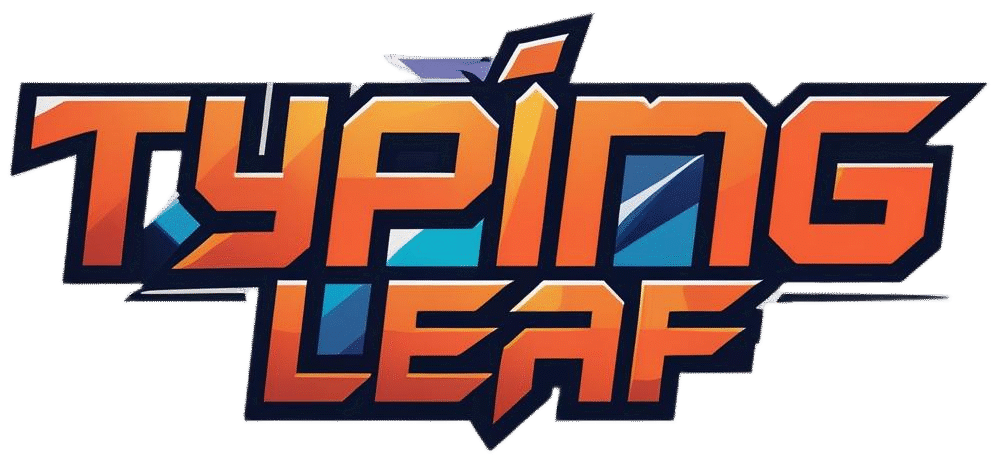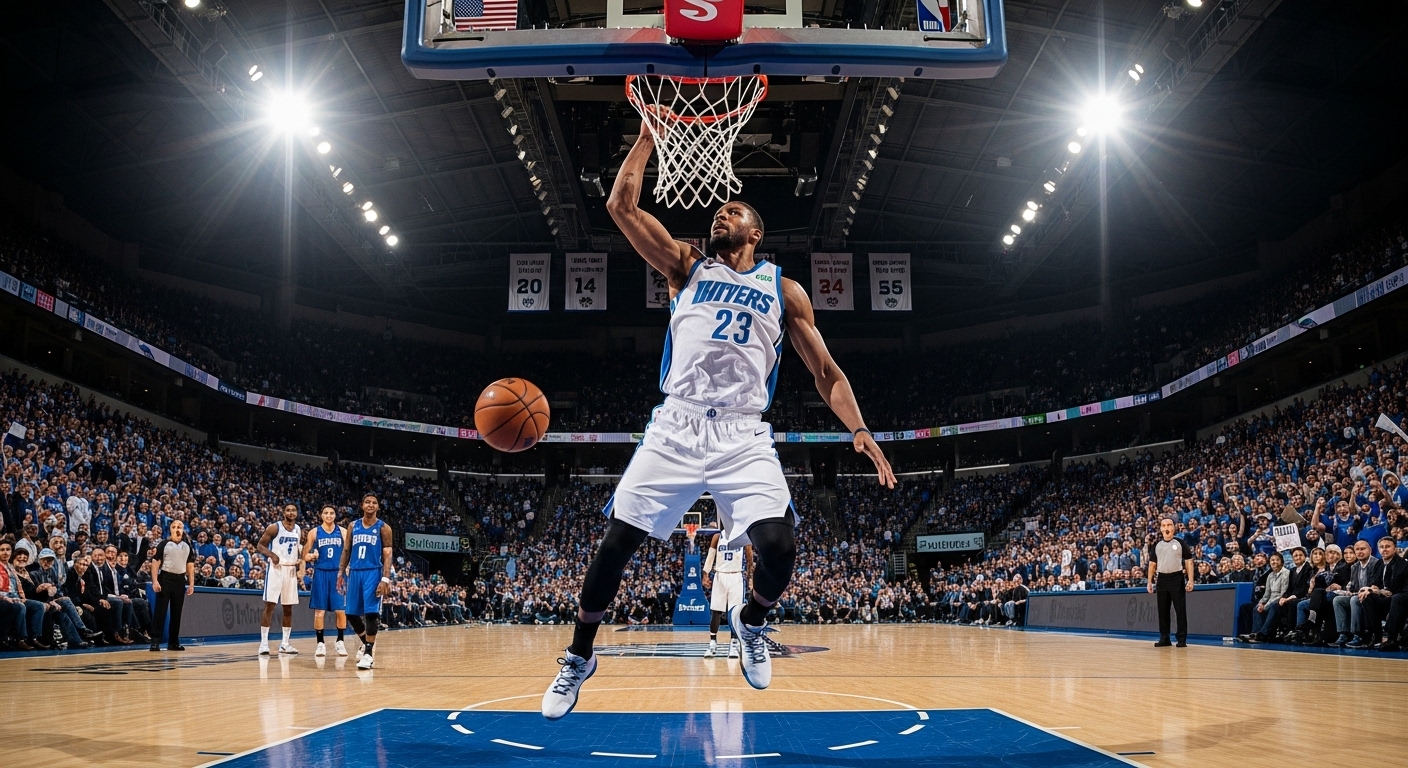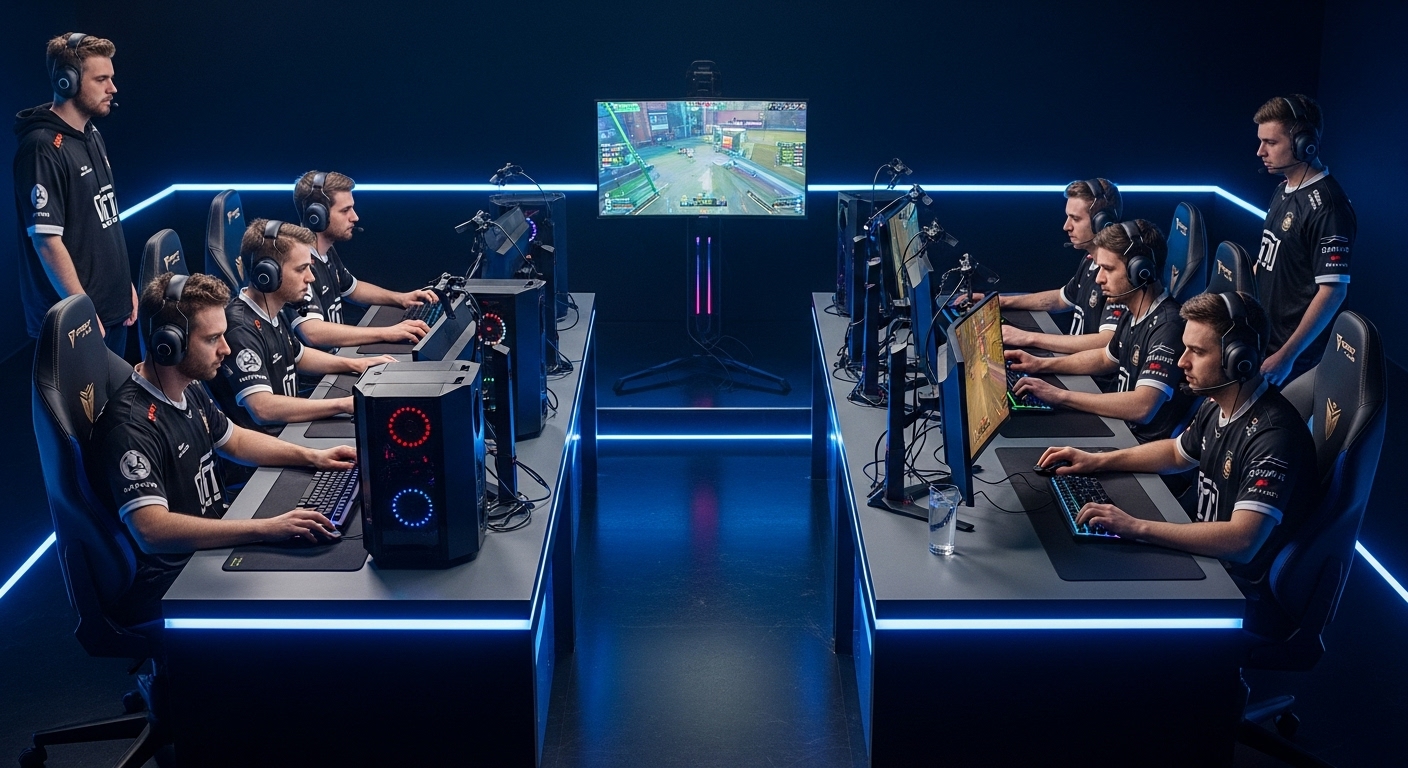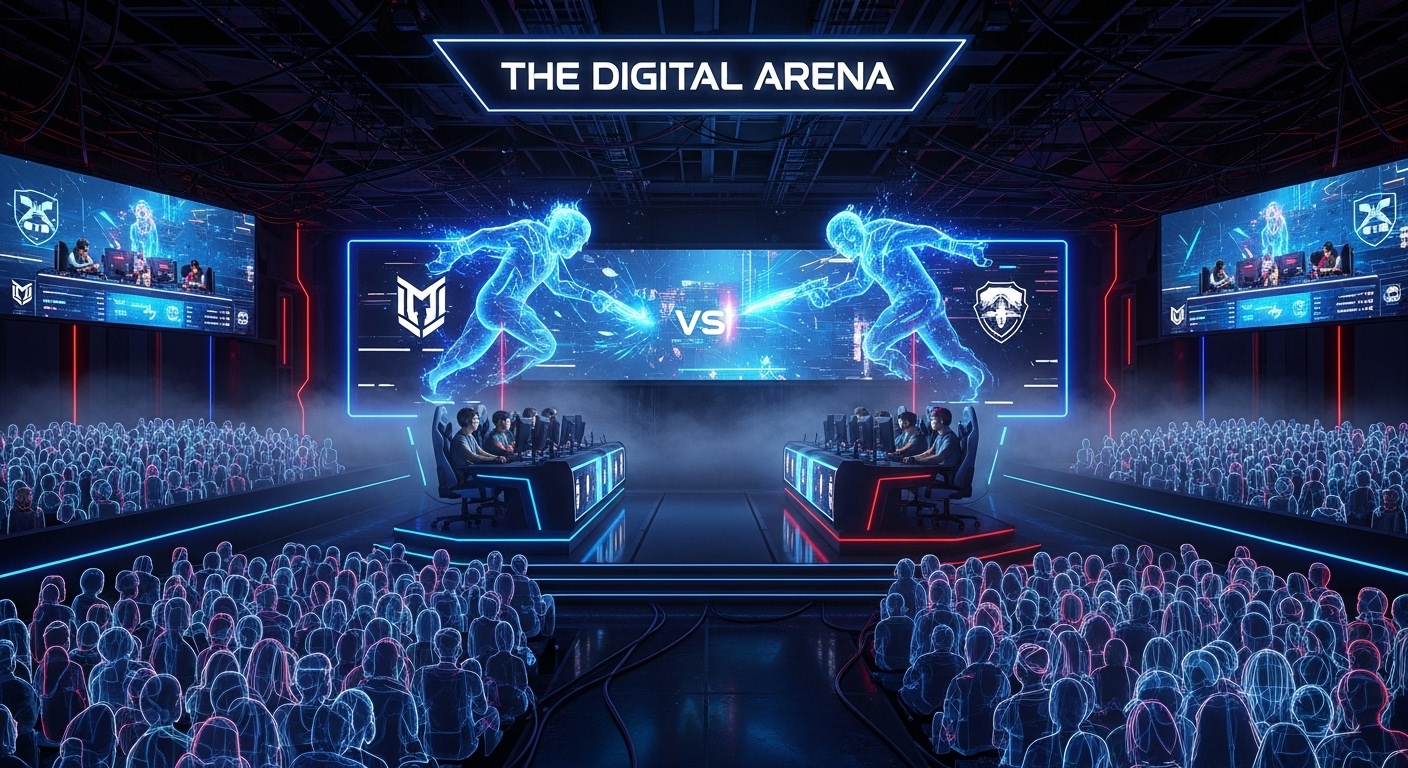Introduction
Whether you’re stepping into a gaming arena, a football field, a basketball court, or an esports stage, one thing unites all competitors — the importance of a solid warm-up routine. Athletes and esports players alike know that performance on tournament day depends not only on skill but also on preparation. A proper warm-up primes both the body and the mind, turning nerves into focus and stiffness into fluid motion.
In professional competition, even the smallest advantage can mean the difference between victory and defeat. That’s why world-class competitors across every sport dedicate time to physical and mental warm-ups before they perform. For gamers, it’s about refining precision, hand-eye coordination, and mental clarity. For traditional athletes, it’s about improving flexibility, muscle readiness, and reaction time.
This article explores the best warm-up routines before tournaments — covering physical preparation, mental readiness, nutrition, and recovery strategies that apply to athletes, gamers, and hybrid competitors alike.
Why Warm-Ups Matter Before a Tournament
Warm-ups are not simply a ritual or a formality — they’re a critical part of performance optimization. The science behind them is clear: a good warm-up increases blood flow, elevates heart rate, activates the nervous system, and mentally prepares competitors to perform under pressure.
Physiological Benefits
- Increased Muscle Temperature – Warm muscles are more flexible and efficient, reducing the risk of injury and improving movement coordination.
- Improved Circulation – A gradual increase in heart rate helps deliver oxygen and nutrients to muscles, enhancing endurance and power output.
- Enhanced Reaction Time – The nervous system becomes more responsive, helping athletes react faster to in-game situations.
Psychological Benefits
- Focus and Mental Activation – Warm-ups provide a structured way to shift from rest to competitive mindset.
- Stress Reduction – Light exercise and breathing exercises reduce anxiety before competition.
- Confidence Building – Rehearsing familiar routines reinforces a sense of control, helping players feel prepared.
For esports players, physical warm-ups are often overlooked, but studies have shown that even light movement can enhance cognitive function and fine motor skills. Warm-ups aren’t just about the body — they’re about achieving total readiness.
Physical Warm-Ups for Traditional Athletes
Traditional athletes have long relied on pre-competition warm-ups to prepare their bodies for intense activity. The key is progression — starting with general movements and gradually moving toward sport-specific drills.
Step 1: General Cardio Activation
Start with 5–10 minutes of light cardiovascular exercise. The goal here is to raise your heart rate and body temperature gradually. Options include:
- Light jogging or brisk walking
- Jump rope
- Cycling on a stationary bike
- Skipping drills
This phase should feel easy but energizing, loosening the joints and muscles.
Step 2: Dynamic Stretching
Unlike static stretching, which holds muscles in one position, dynamic stretching involves controlled movements that mimic athletic motions. Examples include:
- Arm circles and shoulder rotations
- Leg swings (forward and sideways)
- Hip rotations
- Walking lunges with torso twists
- High knees and butt kicks
Dynamic stretches improve mobility and prepare muscles for sudden bursts of action — essential before any high-intensity competition.
Step 3: Sport-Specific Movements
Now that the body is warm, athletes should perform drills directly related to their sport:
- Football players: Short sprints, ball touches, and passing drills.
- Tennis players: Shadow swings, footwork drills, and serve motions.
- Basketball players: Dribbling sequences, layups, and quick defensive slides.
- Track athletes: Strides, accelerations, and reaction starts.
These targeted activities build muscle memory and simulate the intensity of real gameplay.
Step 4: Mental and Breathing Preparation
As the physical routine ends, athletes should take 3–5 minutes to calm their breathing, visualize success, and focus mentally. Controlled breathing exercises lower cortisol levels, maintaining calm and focus during the opening minutes of a match.
Physical Warm-Ups for Esports Competitors
In esports, physical readiness is just as vital — though often underestimated. Long hours of practice and tournament play can cause strain on the neck, back, and wrists. Proper warm-ups enhance endurance and precision by improving circulation and flexibility in key areas.
Step 1: Hand and Wrist Activation
Since esports athletes rely heavily on fine motor skills, hand and wrist stretches are crucial:
- Finger Extensions: Spread your fingers wide, hold for five seconds, and relax. Repeat several times.
- Wrist Rotations: Rotate both wrists clockwise and counterclockwise to loosen tendons.
- Forearm Stretch: Extend one arm forward, palm up. Use the other hand to gently pull back the fingers for a light stretch.
These simple actions prevent strain injuries like carpal tunnel and improve dexterity.
Step 2: Posture and Shoulder Mobility
Many esports players spend long hours sitting, which can tighten shoulders and neck muscles. Warm-ups that promote posture and shoulder health include:
- Shoulder rolls and shrugs
- Gentle neck tilts and rotations
- Seated or standing back extensions
- Scapular squeezes to engage upper back muscles
These exercises improve posture and breathing efficiency, both of which affect focus and reaction speed.
Step 3: Quick Cardio and Whole-Body Movement
Even esports players benefit from short bursts of activity before competing. Two to three minutes of light exercise like jumping jacks, bodyweight squats, or marching in place can increase blood flow and oxygen supply to the brain — improving alertness and hand-eye coordination.
Step 4: Breathing and Focus
Before the match begins, players should close their eyes, inhale deeply for four seconds, hold briefly, then exhale for four seconds. Repeating this cycle several times stabilizes heart rate and calms nerves, helping players handle the intensity of competition.
Cognitive Warm-Ups for Esports and Traditional Sports
A truly complete warm-up goes beyond the physical — it also trains the brain. The best competitors know that mental readiness determines how they perform under pressure.
Visualization Techniques
Visualization involves mentally rehearsing performance scenarios before they happen. This technique helps athletes build confidence and prepare for unexpected outcomes.
- Esports players visualize executing perfect plays and quick reactions.
- Athletes imagine smooth movements, successful passes, or precise shots.
Repetition of these images strengthens neural pathways associated with performance, effectively training the mind before the body acts.
Reaction Time Drills
For both gamers and athletes, reaction speed is crucial. Simple drills can enhance cognitive sharpness before a tournament:
- Light reaction games on mobile or reflex apps.
- Hand-eye coordination tasks using small balls or objects.
- In-game warm-up modes for esports players to fine-tune muscle memory.
Just five to ten minutes of these exercises can dramatically improve alertness and reaction accuracy during actual gameplay.
Focus Anchors
Many competitors use mental “anchors” — short routines or cues that signal it’s time to compete. It could be a short breathing exercise, listening to specific music, or repeating a motivational phrase. These triggers reinforce consistency and focus when it matters most.
Nutritional and Hydration Preparation
A warm-up routine isn’t complete without attention to nutrition and hydration. Energy levels during a tournament depend heavily on what athletes consume before they compete.
What to Eat Before a Tournament
- Complex Carbohydrates: Provide sustained energy (oats, brown rice, or whole-grain toast).
- Lean Protein: Supports muscle function (eggs, chicken, yogurt).
- Fruits and Vegetables: Offer vitamins and antioxidants to maintain alertness.
Avoid heavy, greasy, or overly sugary foods that cause fatigue or loss of focus.
Hydration Strategy
Dehydration can lead to slower reaction times, fatigue, and poor concentration. Both esports players and traditional athletes should start hydrating several hours before the match and continue sipping water throughout warm-ups.
A good rule of thumb: drink one glass of water every 20–30 minutes leading up to competition. For long tournaments, electrolyte drinks may help maintain energy levels.
Group Warm-Ups and Team Synchronization
In team tournaments, warming up together can strengthen unity and communication. Coordinated drills, callouts, or small team challenges help synchronize timing and mindset.
For Traditional Teams
Many professional sports teams use short, fast-paced passing drills or mini-games to establish chemistry before kickoff. These not only warm the muscles but also reinforce teamwork and strategy under simulated pressure.
For Esports Teams
Group warm-ups often involve:
- Quick scrims or “dry runs” against AI or other teams.
- Discussion of tactics while performing light physical stretches.
- Encouraging communication through pre-match rituals or motivational talk.
A synchronized warm-up routine ensures that every player is mentally aligned with the team’s energy and goals.
The Role of Music in Warm-Ups
Music is one of the most effective psychological tools for pre-competition preparation. The right playlist can set the rhythm for movement, regulate breathing, and elevate mood.
Upbeat, rhythmic tracks help raise adrenaline and motivation, while slower, calming tunes work better for players who need to control nerves. Many professionals create custom warm-up playlists that match their emotional and physical needs before competition.
For esports players, music helps establish focus during pre-match drills and keyboard warm-ups, while for athletes, it sets the pace for cardio and stretching.
Pre-Tournament Mindset and Routine Consistency
Consistency is the key to effective preparation. The best competitors perform the same or similar routines before every event. This repetition conditions the mind and body to enter “performance mode” automatically.
Maintaining a consistent schedule also reduces uncertainty and anxiety. Whether it’s a 30-minute full warm-up or a 10-minute light stretch and focus session, repeating the same pattern provides stability amid the unpredictable nature of tournaments.
Elite players often talk about the “zone” — that state of deep concentration where everything feels natural. Consistent warm-up routines help competitors reach that zone faster and maintain it longer.
Post-Warm-Up Transition: Staying Ready
After warming up, the period before actual competition is crucial. There might be a delay between finishing warm-ups and the start of the match. During this time, it’s important to stay loose and mentally engaged.
- Keep moving lightly — avoid sitting still for too long.
- Maintain hydration.
- Repeat mental cues or short visualization exercises.
- Keep your body warm with small stretches or pacing.
This transition phase ensures that your preparation doesn’t fade before the first whistle, kick, or mouse click.
Examples from the Pros
Professional athletes and esports players take warm-ups seriously. For instance:
- Top tennis players perform 20–30 minutes of dynamic stretching and footwork drills before every match.
- Football stars engage in short sprints, ball control exercises, and team communication drills.
- Esports champions spend the hour before competition practicing in training maps, reviewing strategies, and relaxing with breathing techniques.
These routines are not superstitions — they’re scientifically backed habits designed to optimize every aspect of performance.
Building Your Own Warm-Up Routine
Every player’s body and mind respond differently, so creating a personalized warm-up is key. Here’s a simple framework anyone can follow:
- Start with 5–10 minutes of light movement to elevate heart rate.
- Include dynamic stretches tailored to your sport or gaming discipline.
- Add specific drills that mirror real competition.
- Practice mental focus with breathing or visualization.
- Hydrate and maintain consistent nutrition before stepping into the tournament.
By experimenting with different components, you’ll discover what combination works best for your body and mindset.
Conclusion
A warm-up routine is far more than a pre-game ritual — it’s a gateway to peak performance. The best athletes and esports players understand that readiness begins long before the first play or round. A well-structured warm-up primes the body, sharpens the mind, and builds the confidence needed to compete at the highest level.
From dynamic stretches and posture drills to focus exercises and hydration, every element plays a part in ensuring consistency and control under pressure. Whether you’re competing on a football pitch, a basketball court, or behind a gaming monitor, your warm-up routine can be the secret weapon that gives you an edge.
Remember, tournaments are won not just by skill or talent, but by preparation — and that preparation starts the moment you begin your warm-up.



